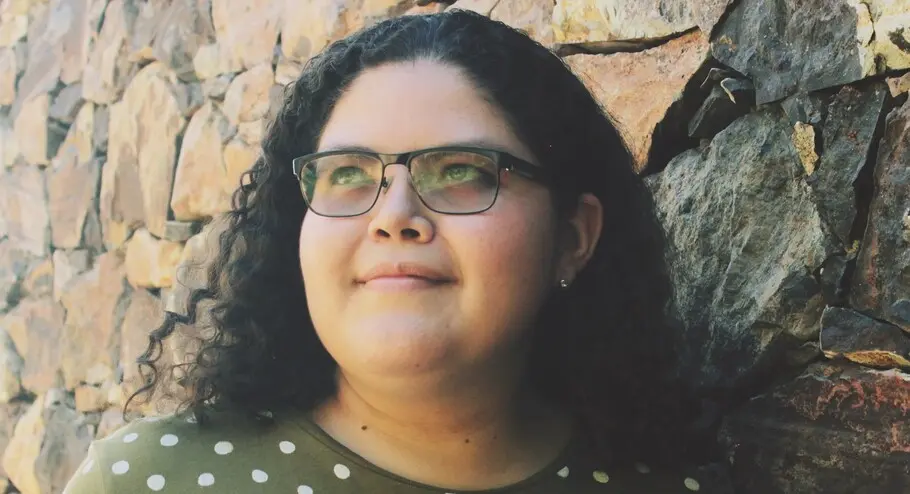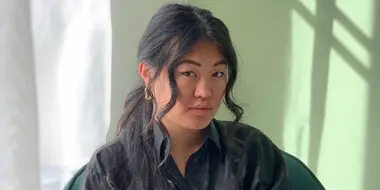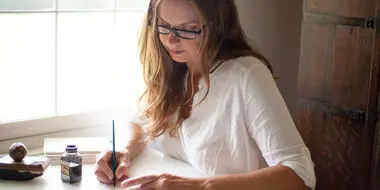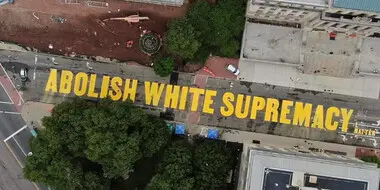Meet the 2020 Beatrice Warde Scholarship recipient: Tatiana López.

—Tatiana López.
Every year, Monotype and the Type Director’s Club (TDC) award the Beatrice Warde Scholarship to a young woman entering the design industry. This prestigious scholarship pays tribute to the “first lady of typography,” Beatrice Warde, a champion of type education throughout her career with Monotype and the first female member of the TDC.
This merit-based scholarship helps pay the tuition for one female college student, a rising senior, whose design work demonstrates exceptional talent, sophistication and skill in the use of modern typography. Applications for the 2021 scholarship are due Feburary 26.
This year’s scholarship committee includes Gail Anderson from the School of Visual Arts and Anderson + Newton; Deborah Gonet of Monotype; Shelley Gruendler of Type Camp; Ralitsa Debrah from Kwane University (KNUST), Ghana; Rathna Ramanathan from the Royal Academy of Art; Fiona Ross of Reading University; and Mariko Takagi from Hong Kong Baptist University.
The 2020 Beatrice Warde scholarship went to Tatiana López, 27, from the Universidad Tecnológica de El Salvador. Tatiana follows past winners Blossom Liu (2019), Anna Skoczeń (2018), Tasnima Tanzim (2017), Ania Wieluńska (2016), and Rebecca Bartola (2015).
In a recent Zoom interview with Monotype, the burgeoning graphic designer discussed her passion for bright colors and touchable textures (follow her on Instagram @tatymla to see what we mean), plus her desire to connect with the visually impaired by using her origami lettering that literally jumps off the page.
We reached Lopez on a cold winter’s night in East Slovenia, where she’s currently on a separate scholarship to study at the Academia-Higher Education College, in Maribor. In contrast to the freezing weather, a vase with orange tulips and fuchsia peonies had pride of place on her kitchen counter, sparking a conversation about the challenges in trading the warmth of home for a snowy semester abroad—during a pandemic, no less—and why, for Lopez (and other Latin Americans, she says) educational opportunities like scholarships are so important.
Monotype: You recently arrived in Central Europe from Central America, and it’s February. Let’s start with how the change in climate is affecting you.
Lopez: It’s my biggest problem right now! My tropical soul is suffering so much. Today, we were at minus-eight degrees below zero C (17 degrees F), when I’m used to winter temperatures of 22 or 24 degrees C (about 72 to 75 F). Back home, that’s when we get the coats out.
MT: When you glance out the window—I understand you’ve been in COVID isolation for weeks—how do your surroundings look in the icy weather?
TL: Actually, it’s more rain these days (or nights, anyway). During the day, it sometimes looks depressing, really gray. But then, after a snowfall, seeing the white cape on top of the orange-colored metal roofs? It’s very beautiful! Plus, even if the day is gray, you can see the colorful houses. Most here are painted white or pink like the stucco houses back home. There, we used to have houses with tejas (roof tile) made of clay. All of them were orange, as well. But earthquakes made them dangerous. Now, we use sheet metal. So the roofs of my country are not interesting anymore!
MT: What led you to apply to study in East Slovenia?
TL: Last year, I applied because my home university has had several scholarship programs in place for economics, law, marketing—but this was the first time it was offering a scholarship program in graphic design. It was a coincidence that the school started doing this with a university in the country where my design mentor, Petra Černe Oven, teaches.
MT: How did you connect with Černe Oven, and when?
TL: In 2017, I applied for a mentor through Alphabettes. At the time, I wasn’t working on a specific project because I didn’t even know how type design worked. I only did brush lettering, because that’s very popular in my country. I was lost, didn’t know what I wanted.
Petra introduced me to different type techniques. “Maybe you have to try this and this,” she said, “so you know what you like and don’t like.” Now, I like information design and seeing how type works within it. I also like motion graphics, because I enjoy animating the letters. Petra opened my eyes, too, to being more responsible in design, to working more in markets that are helpful for society, like medicine. Currently, she and I have meetings once every three months, depending on our schedules, and that feedback helps me a lot.
MT: Talk a bit, if you would, about what won you the Beatrice Warde scholarship—your stand-up lettering made from paper—and how it relates to your goal to create tactile designs for the blind.
TL: The alphabet that I submitted for this scholarship was made with origami, not motion graphics. People thought it was in 3D digital, but it wasn’t. Now, I’m working on another design that mirrors the basic shapes of the Braille system, because you can only use dots, like points. So I want to play with the typeface.
MT: What brought you to this particular project?
TL: I want to create stationery paper and greeting cards, because I like to wish people, “Have a nice day.” I didn’t see my dad a lot when I was young because he commuted two hours away to the capital of the country for work (my parents work very hard, but like many at home, we don’t have much money). He would be gone when I woke up, and I only saw him at night, so I would write “Have a nice day” in a note and leave it for him at night, on a table. But now I think: what if I have a blind friend? How can I make him a card he can read?
Another dream is to make an exhibition where you have to close your eyes to feel it. Then, at the end, you go back to see what you have been touching.
MT: What gave you these ideas?
TL: Compassion. [Trying to] be in other peoples’ shoes. Plus, for me, it’s very personal, because my mom was losing her sight last year.
MT: That sounds terrifying. What happened, and how is she now?
TL: My mom is diabetic, so she had ocular hemorrhaging, which led to her retina detaching. At the same time, she also needed a hysterectomy. But we could only afford one procedure. Her doctor told her she had to choose her eye. She’s doing better; she had surgery to repair her retina.
MT: Given that experience, what would you like design students around the globe and your future colleagues in type design to understand?
TL: When you come from Latin America, you only see what you’re lacking. In the library, you cannot see books of typography. You have to buy the books online and they’re very expensive, and most of the students don’t have money to be investing in that [without scholarships].
MT: How did you hear about this one, the Beatrice Warde scholarship?
TL: Friends from the type design world told me about it. They said, “You have to apply.” Past winners, though—I saw they were from Europe or the US, but there was no one from Latin America. So I thought my chances were very low. We don’t have many people from Latin America winning design awards. Now people from Latin America will see someone from Latin America as a prizewinner.
MT: What does the award mean to you personally?
TL: All the experiments and personal projects I created over time—they worked. The scholarship committee saw something in my work. Maybe not how good it was, but its potential. So that is what it means to me. I didn’t always believe in myself. Winning a scholarship is an invitation to do that.
Susan Comninos’ freelance arts & culture journalism has appeared in The Atlantic Online, The Boston Globe, Chicago Tribune Christian Science Monitor and Jewish Daily Forward. She lives in upstate New York, where she teaches writing.






















